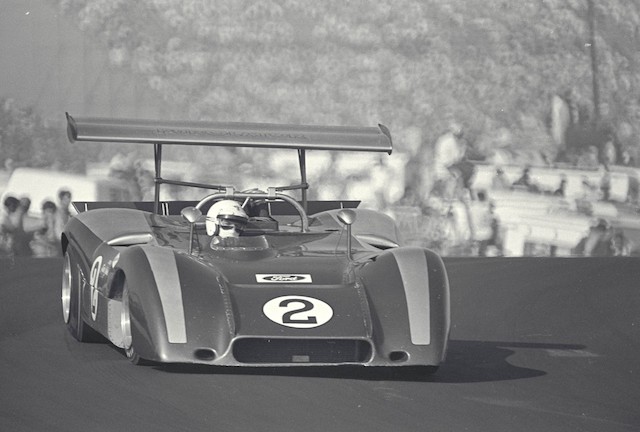By Peter M. De Lorenzo
Detroit. Last September I wrote a column about Formula E, or Formula Ennui as I referred to it. In that column I described Formula E as "a manufactured racing series for people who don't like racing." And after watching the latest Formula E event unfold in Long Beach over the weekend, my assessment hasn't changed. Formula E is described by the FIA as a "... fully-electric single-seater championship designed to appeal to a new generation of motorsport fans, while accelerating the interest in electric vehicles and promoting sustainability."
I see it much differently, however. Under siege from the burgeoning - and belligerent - green movement in Europe, Formula E is instead a cynical ploy by the FIA designed to goad governments, corporations and TV networks into participation because it is presented as being a benign facsimile of the real thing pointing to a sustainable future. It is also way to promote and project electric racing cars while extracting more money from guilt-ridden manufacturers and unsuspecting cities that think this benign form of racing will somehow be okay. Thus, the FIA has packaged Formula E as a form of motorsport for those cities that have either gone on record as either openly hating everything to do with the automobile, or have taken steps to reduce motor vehicle access to them altogether. The FIA has convinced the participating cities that it won't be messy, or loud, or anything even remotely resembling racing, but instead a new form of racing that will be acceptable for an idyllic green future.
That all said, the missing piece of Formula E is the visceral thrill of being near high-powered, high-speed machines that generate noise that you can feel in your gut, and without that crucial component, Formula E isn't racing at all.
Eight years ago I proposed a racing series to the world's auto manufacturers that would speed the development of hydrogen fuel cell-powered electric vehicles, beginning with demonstration races at the Indianapolis Motor Speedway. The Hydrogen Electric Racing Federation (HERF) was warmly received, but the economy started to tank and no manufacturer wanted to step up and sink real money into it. I was aware back then that the sound - or lack thereof - of electric vehicles on a cavernous race track like Indy was a non-starter, so part of the HERF rules package required that the manufacturers design specific "sound signatures" for their racing machines that would use electronic projection augmented by air flowing over the bodywork to create a distinctive sound that could be heard all around the Speedway.
Formula E doesn't even bother with that. Instead it provides a souped-up golf car soundtrack that is so relentlessly out of place at a race track that it is almost unfathomable.
Formula E comes off like nothing more than Racing's Imitation Game, a benign form of "racing" complete with a slot-car soundtrack designed to appease a few.
But in pleasing those few, the FIA has deliberately turned off the majority of people who grew up with the sport, and it's a giant steaming bowl of Not Good.
Editor-in-Chief's Note: If you want to be reminded of the role sound plays in racing, watch Jim Pace hammer his McLaren M6B around Road America, America's National Park of Speed. Turn your speakers up all the way! -PMD
Publisher's Note: As part of our continuing series celebrating the "Glory Days" of racing, we're proud to present another noteworthy image from the Ford Racing Archives. - PMD

(Photo by Dave Friedman, courtesy of the Ford Racing Archives)
Riverside, California, October 26, 1969. Frank Gardner (No. 2 Alan Mann Racing, Ltd. Ford Open Sports) debuted the "Ford Open Sports" Can-Am car for Alan Mann Racing at the L.A. Times Grand Prix Can-Am race at Riverside International Raceway. The machine was powered by a 429 cu. in. Ford V8 and Gardner qualified in tenth position with a 1:38.680. Denny Hulme (No. 5 McLaren Cars, Ltd. Gulf/Reynolds Aluminum McLaren M8B Chevrolet) qualified on the pole with a 1:34.030 and went on to win the race in dominant fashion. Chuck Parsons (No. 10 Carl A. Haas Racing Team Inc. SIMONIZ Lola T163 B Chevrolet) finished second, one lap behind, and Mario Andretti (No. 1 Holman & Moody Inc. McLaren M6B Ford 429) finished third. Go to www.racingsportscars.com for all the details of races past. And, no, not the 1969 race, but this video from the 1965 L.A. Times Grand Prix race at Riverside is definitely worth the time.
Publisher's Note: Like these Ford racing photos? Check out www.fordimages.com. Be forewarned, however, because you won't be able to go there and not order something. - PMD